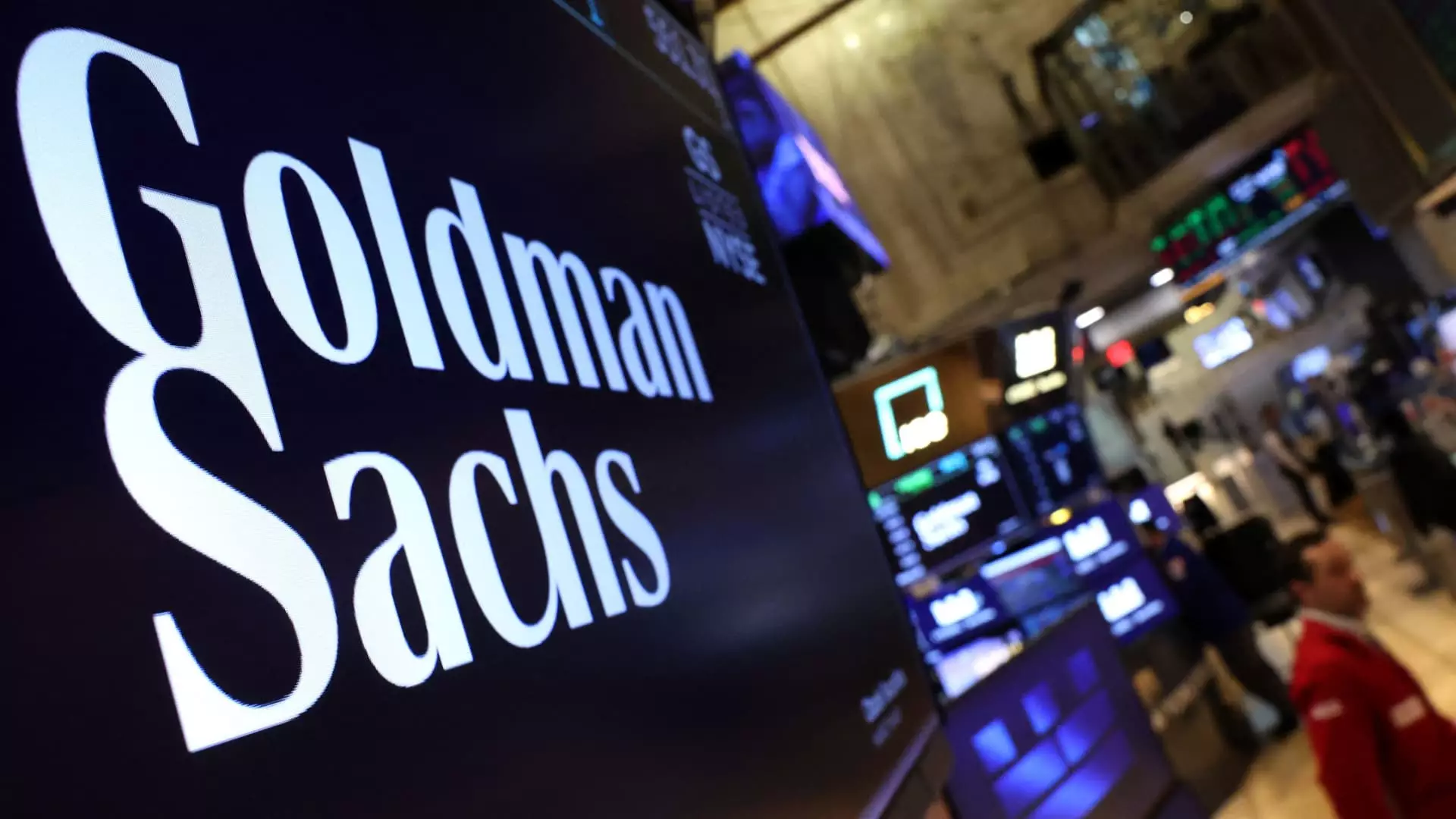The recent announcement by Goldman Sachs and Bank of New York Mellon about tokenizing money market funds signals a pivotal shift in global finance. While the move promises unprecedented efficiency, transparency, and flexibility, it also raises profound concerns about the true stability and long-term viability of such transformations. As a center-right liberal leaning observer, I view this development through a critical lens: innovation is essential, but it must be tempered with responsibility and prudent regulation. The promise of better speed and automation obscures underlying risks that could threaten the financial system if not carefully managed.
Rapid Adoption of Digital Assets: A Double-Edged Sword
The infusion of blockchain technology into traditional financial instruments like money market funds is hailed as a mark of progress. Major players like BlackRock, Fidelity, Goldman Sachs, and BNY Mellon clearly see digital tokens as the inevitable next phase. These firm commitments suggest a future where cash investments could be seamlessly transferred in real-time, with transactions made around the clock, reducing operational costs and increasing liquidity options. At first glance, this seems to be a win for efficiency and modern financial infrastructure.
However, beneath this shiny surface lies a troubling ambiguity. The underlying premise assumes blockchain-based certificates can serve as safe, liquid storehouses of value comparable to traditional cash equivalents. Yet, with recent history showing that the financial system is far from immune to crises—be it the 2008 collapse or the recent banking sector turbulence—these new assets could introduce unanticipated vulnerabilities. The allure of automation and instant settlement could lead to complacency, making the system more fragile if risk controls are sidestepped in pursuit of speed.
Potential Risks: Stability and Regulatory Challenges
Tokenizing money market funds fundamentally alters their nature, creating a digital layer over relatively simple, short-term debt investments. While this offers convenience and immediate operational benefits, the deeper question remains: is the stability of these funds as assured in their digital form? Money market funds, by design, are supposed to be safe havens amid volatility. Yet, as the sector expands into the digital realm, the contours of risk are shifting.
The primary concern is the possibility of systemic misalignment. As these tokens become collateral for large financial transactions, their value and liquidity may not be as inherently stable as traditional assets. A loss of confidence or a sudden market shock could lead to cascading effects, especially if tokens are used interchangeably across multiple institutions without sufficient oversight. Currently, regulatory frameworks are still catching up, and the decentralized aspect of blockchain could pose enforcement challenges.
Furthermore, the simultaneous maintenance of traditional records adds complexity, hinting at a reserved approach that tries to mitigate risks but complicates operations and oversight. This patchwork approach might be pragmatic but underscores a lack of clear, comprehensive regulation that can fully oversee a rapidly evolving digital financial landscape.
The Broader Implication: Accelerating the Divide Between Innovation and Prudence
The wider financial community’s push toward a digital-first paradigm risks creating a two-tier system where advanced technology can outpace safeguards. While the move toward digitizing cash equivalents aims to promote innovation, it could inadvertently widen the gap between those who leverage these tools effectively and those left vulnerable to mispricing or system shocks.
Moreover, the potential for these tokens to be used in place of cash for global payments, and even as collateral, could increase dependence on a fragile digital infrastructure. The possibility of bypassing traditional liquidity buffers and relying solely on tokens introduces systemic risks that could ripple through the entire financial ecosystem. For all the promises of efficiency, there is a stark need to ensure that the foundational stability of these instruments is not compromised in the relentless pursuit of modernity.
In my view, embracing this innovation should come with strict regulatory safeguards, transparency requirements, and rigorous stress testing. Ignoring these could undermine the very stability and trust that fundamental to healthy capital markets—especially as the digital age pushes the boundaries of what financial assets are truly ‘safe.’ The temptation to accelerate adoption without a thorough understanding of consequences is a gamble that, if misplayed, could devastate the fragile fabric of our interconnected financial system.

